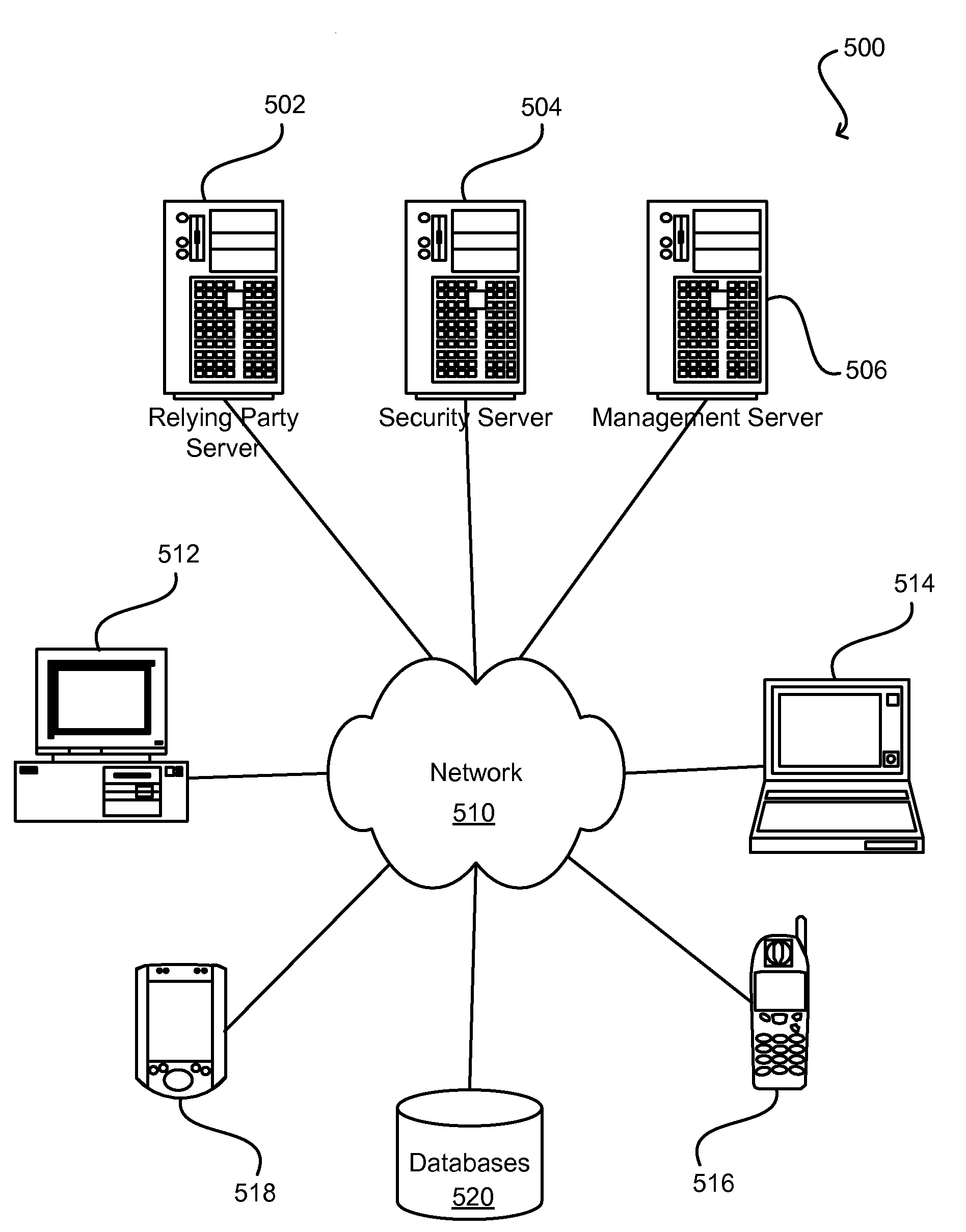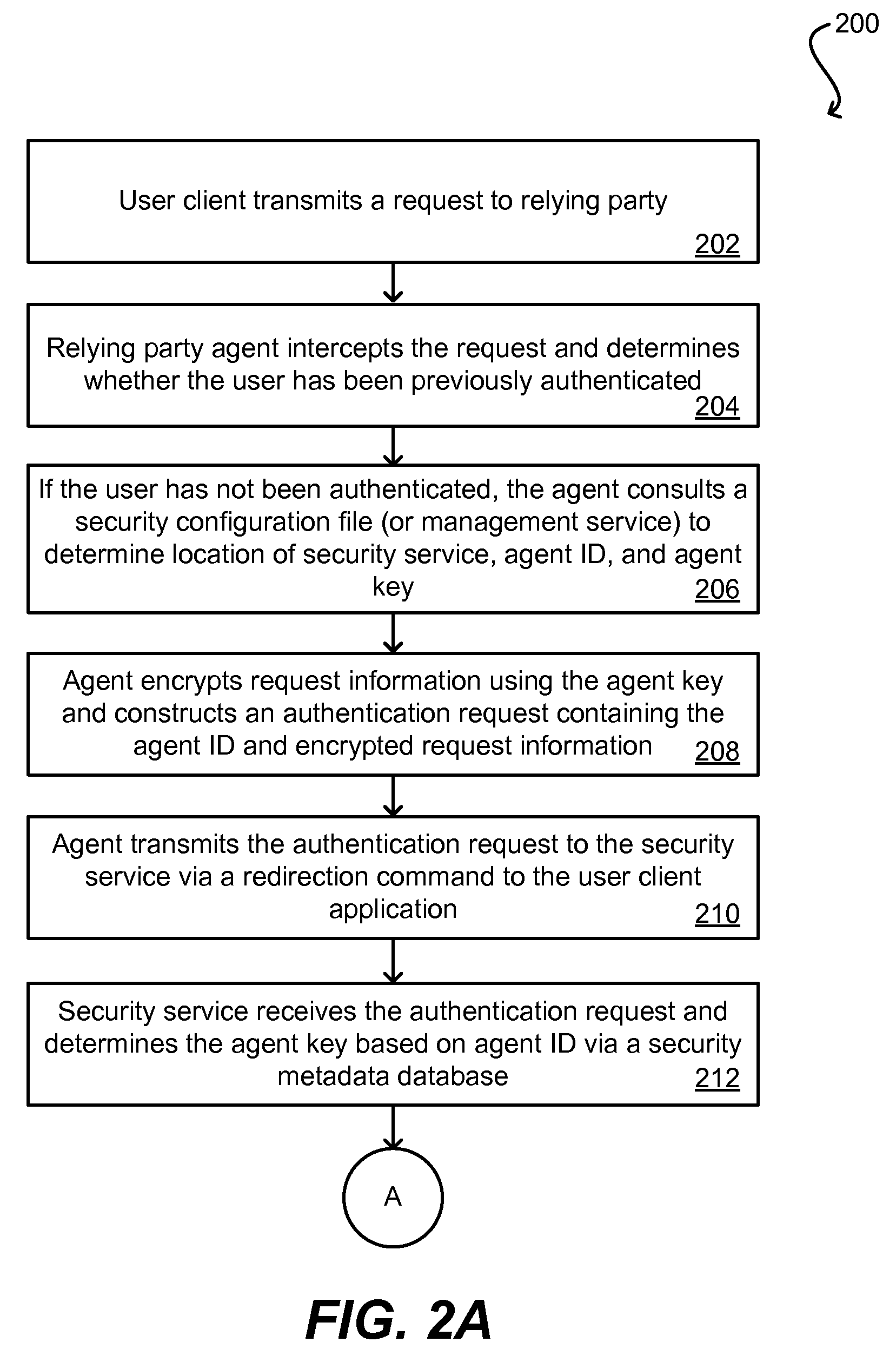Framework for automated dissemination of security metadata for distributed trust establishment
a security metadata and distributed trust technology, applied in the field of information distribution, can solve the problems of not being particularly secure, the administrator of the security service cannot respond to the request, and the approach is not fast enough, so as to facilitate the interoperation between the security service and the relying parties. , the effect of quick and secure exchang
- Summary
- Abstract
- Description
- Claims
- Application Information
AI Technical Summary
Benefits of technology
Problems solved by technology
Method used
Image
Examples
Embodiment Construction
[0025]In the following description, for the purposes of explanation, numerous specific details are set forth in order to provide a thorough understanding of the present invention. It will be apparent, however, to one skilled in the art that the present invention may be practiced without some of these specific details. In other instances, well-known structures and devices are shown in block diagram form.
[0026]Embodiments of the present invention relate to methods, systems, and machine-readable media for disseminating security metadata from one distributed entity to another in an automated fashion. Specific embodiments are directed (but not limited) to the enterprise software context, where security metadata must be exchanged between a centralized security service and a number of different relying parties. Current methods of manual security metadata distribution are problematic because they can be time-consuming, insecure, and error-prone. Embodiments of the present invention overcome...
PUM
 Login to View More
Login to View More Abstract
Description
Claims
Application Information
 Login to View More
Login to View More - R&D
- Intellectual Property
- Life Sciences
- Materials
- Tech Scout
- Unparalleled Data Quality
- Higher Quality Content
- 60% Fewer Hallucinations
Browse by: Latest US Patents, China's latest patents, Technical Efficacy Thesaurus, Application Domain, Technology Topic, Popular Technical Reports.
© 2025 PatSnap. All rights reserved.Legal|Privacy policy|Modern Slavery Act Transparency Statement|Sitemap|About US| Contact US: help@patsnap.com



